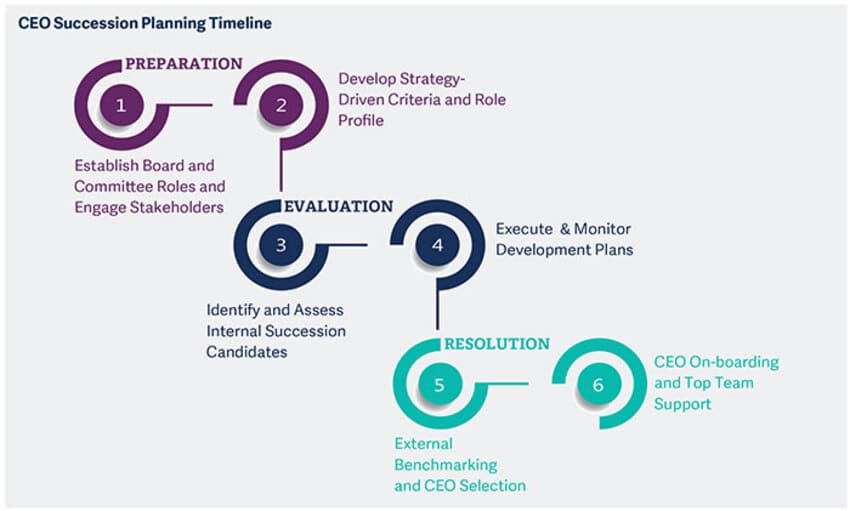Logistics and Supply Chain Management
4
Patients' Roles as Consumers Need a Deeper Understanding of Health Care Systems
- Rating
- marketplaces
- customers
- providers
- services
- medical
- marketing
The evidence shows that U.S. patients are not loyal clients. They visit four or five different healthcare systems every year, on average. Who can blame them, with the proliferation of new retail entrants and urgent care clinics, as well as virtual and primary care providers?
Health systems and conventional provider organizations need to learn more about patients' roles as health care consumers, including their decision-making processes, their drivers, and the contexts in which they seek and receive treatment. They need to be aware of how supply and demand affect the marketplaces in which they participate.
This is a competition they must enter. HCA Healthcare, the largest health system in the country, only interacts with 1% of Americans through its care delivery system, whereas 44% of Americans have an active Amazon Prime membership, providing Amazon even more consumer data to leverage in its ongoing health care expansion and targeting efforts.
Healthcare facilities and networks could model their marketing approaches after those of Amazon and other major technology corporations. Understanding, designing for, and meeting customer preferences and wants is a top priority for the $4.3 trillion health sector, and this process must begin with using the appropriate data and developing the correct metrics.
Two Difficulties
The restricted type of information being recorded in this category is a difficulty for health systems attempting to include consumer-focused metrics into strategic planning. In addition, the few classic consumer/patient satisfaction metrics, including the Net Promoter Score (NPS) and the Hospital Consumer Assessment of Healthcare Providers and Systems (HCAHPS) ratings, are frequently used by health systems to foretell patients' potential actions (e.g., the likelihood a patient will return to the same system for care).
Yet, a patient's expressed level of satisfaction with their hospital stay is not always predictive of whether or not they would return to the hospital in the future. Hospitals' NPS and HCAHPS ratings are not good predictors of future behavior, though. A person's consumer profile might seem considerably different, for instance, if they intended to work out five times per week but only went once, compared to someone who really did go out five times per week.
Leaders in the health care industry shouldn't use patient satisfaction surveys to predict and account for patients' actions in the future. Instead, they should observe how patients really behave and factor it into future plans.
Health systems must have well-defined indicators and KPIs to better address consumer requirements on the individual, organizational, and market levels if they are to compete for a decreasing number of patients. The following are examples of the kind of metrics that health systems should be monitoring for this purpose:
1. Individual Habits and Favorites
Amazon and Walmart, two of the largest merchants in the world, have been collecting customer data for years to learn more about their clientele and tailor their services accordingly. For instance, Amazon's recommendation engine interacts with customers by notifying them of new and similar goods to those they've already purchased.
Every election cycle, people in the United States also witness this type of customization when political campaigns interact with potential voters by providing messages on subjects that resonate with those individuals. Companies in the consumer packaged goods industry, such as market leader Procter & Gamble, have long relied on psychographic data (the study of consumer behavior based on an examination of the factors that drive various consumer segments to make particular choices) to gain insight into their target markets.
The healthcare industry as a whole is lagging far behind in adopting data-driven methods, but health systems need to catch up if they want to remain competitive in the long run. If a patient doesn't come back to a certain health system, is it because they can't get an appointment soon enough, or because they simply prefer a different provider group altogether? Health system executives may dedicate data-engineering resources to connecting patient health-care usage patterns to behavioral profiles at scale by constructing a more robust technological infrastructure, even if certain queries will be more difficult to answer than others.
Can incorporating consumer behavior data reveal new insights about how specific patient demographics behave at different times of day, such as whether there are more no-shows or cancellations during certain hours? Can psychographic profiles provide light on why a health system is losing market share for a certain speciality, or better explain what is currently happening within its own walls? Together utilizing health care data, patient behavior data, and similar resources across the health care ecosystem may shed light on these sorts of insights in real time. Health systems may more effectively reach, engage, and serve health care consumers by taking into account their preferences and requirements if they have a deeper grasp of what motivates consumer behaviors and drives their decisions.
Caregiving, Part Two
In contrast to the health care industry, companies catering to end users in other sectors are typically well-versed in the economic factors that influence their operations, such as their total addressable market, market share for specific products or services, market value, and strategies for expanding market share. The same is true for healthcare systems.
To be successful, health systems must learn more than just how to maximize profits in the communities they serve. For instance, what proportion of a specific health system's patients' total care contacts occurred outside of that system?
Health system leaders have access to both internal data (such as patient journey data between care facilities and individual electronic medical records) and external data to help them make sense of this information (e.g., local U.S. Census data, benchmarks, and leakage indications from each of their health plans). Applying machine-learning algorithms on top of aggregated claims data can help a health system determine its share of care and network integrity. Claims clearinghouses can be especially rich sources of raw data across payers and provider types; however, they lack context without layering on consumer data.
Strategic investment choices in healthcare systems need knowledge of the whole addressable market and the use of patient behavior data. In order to get patients into their networks and keep them there for future operations and care requirements, several health systems have invested in particular entry points like telemedicine and urgent care. This is not often the case, however, as data on the patient's longitudinal journey demonstrates, and understanding this might have a profound effect on the service line and investment decisions health institutions make.
Health systems don't have quick access to this data because of data fragmentation and sluggish interoperability attempts. Data from EMRs can be useful, but they often don't capture what happens between a doctor and a patient outside of the hospital. Knowledge (via longitudinal data) is truly the greatest power that health systems have at their disposal in an era where customers have more care alternatives than ever before (e.g., new entrants like CVS and Amazon).
Competition in the health care industry is only expected to increase, thus health systems looking to expand must be both data-driven and aligned with patient-centered metrics. In a health economy where supply exceeds current demand, only consumer-focused information can equip health institutions to compete for patients' share of care.
Leave a Reply
Your email address will not be published. Required fields are marked *


